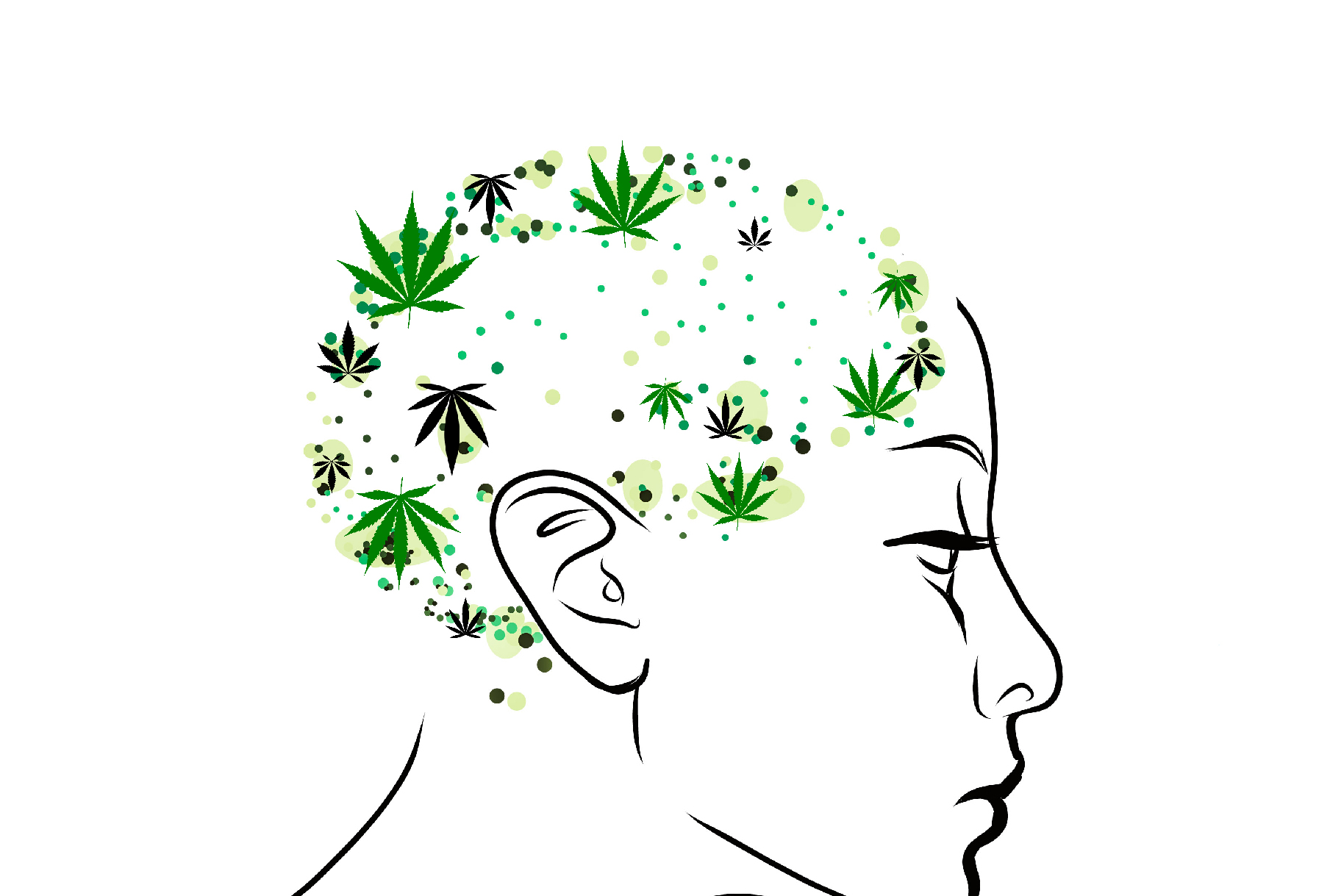Do you know what’s in your weed?
By Robert Jalon
Now that the cash cow has been set free, medicinal marijuana patients can get “weed” anything, making San Francisco one of the cities with the easiest access and lowest prices for these goods.
The popular dispensary finding app called WeedMaps lists 13 dispensaries and 10 to 12 delivery services depending on the days of operation. It’s safe to assume many more are due to bud up over the next year due to the passage of Proposition 64 which effectively legalized medical marijuana in California.
High potency baked good of all varieties including pistachio lavender macaroons, pumpkin madeleines and mint white chocolate blondie bars are all examples of how far the menu has expanded from the the days of the simple special brownie. The savory side isn’t far behind either, having miso shiitake weed broth, cannabis infused sunflower oil and pizza on offer.
Don’t forget the marijuana itself. The weed is much stronger due to the demand for more intense highs.
To meet this demand growers have started to increase the amount of tetrahydrocannabinol (THC) which is the chemical responsible for the intoxicating effect of the plant, while decreasing the amount of cannabidiol (CBD).
These two chemicals are the principal agents in marijuana, however THC slowly taking dominance in the equation isn’t necessarily a good thing.
In the study “High-potency cannabis and the risk of psychosis” conducted by The British Journal of Psychiatry (BJP) who said THC was “the main psychoactive ingredient” in marijuana.
The same study concluded THC “produces transient psychotic symptoms and impaired memory in a dose-dependent manner.” CBD on the other hand “does not induce hallucinations or delusions, and it seems to antagonise the cognitive impairment and psychotogenic effects caused by D9-THC.”
In other words, CBD balances out the negative effects that THC might produce as a side effect in users.
Another study by the BJP called “Effects of cannabidiol on schizophrenia like symptoms in people who use cannabis” said CBD “has been found to be anxiolytic and to have antipsychotic properties and may be neuroprotective in humans.”
These studies concluded that habitual marijuana users who smoke weed heavily predominant in THC and low in CBD for a prolonged amount of time might be getting high at the expense of their mental health as the risk of psychosis increases “among people who are frequent cannabis users, and among those using sinsemilla (skunk).”
Menus of San Francisco dispensaries such as the Green Door, the Apothecarium and Urban Pharm have various high potency strains which contain around 22 percent THC and other dispensaries have strains on offer that are approaching 30 percent THC levels.
The majority of these marijuana strains have a lower percentage of CBD compared to strains with THC levels.
These menus also show various CBD heavy strains on offer with virtually no THC, proving that San Francisco is lucky to have access to all types of strains for all types of marijuana palettes. The article “High-potency cannabis and the risk of psychosis” warned “public education about the risks of heavy use of high-potency cannabis is vital.”
By arming themselves with education about the effects and content of their weed patients should be better able to medicate responsibly and safely.l
Ultimately it’s up to the patient to choose which strain is best for them depending on their doctor’s recommendation.

